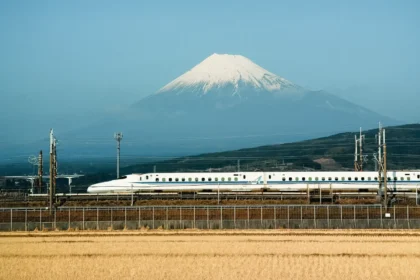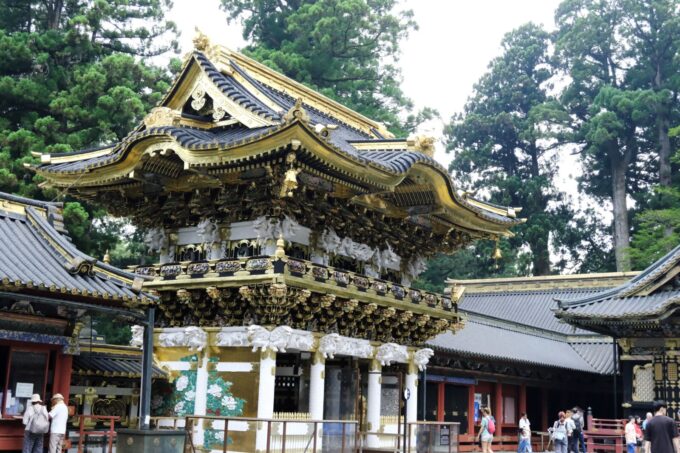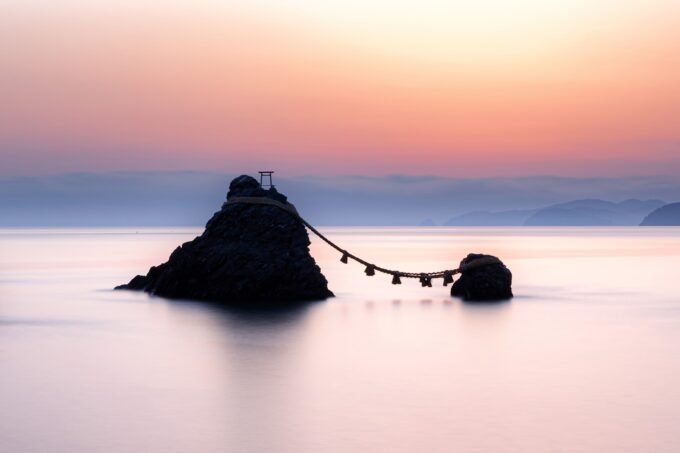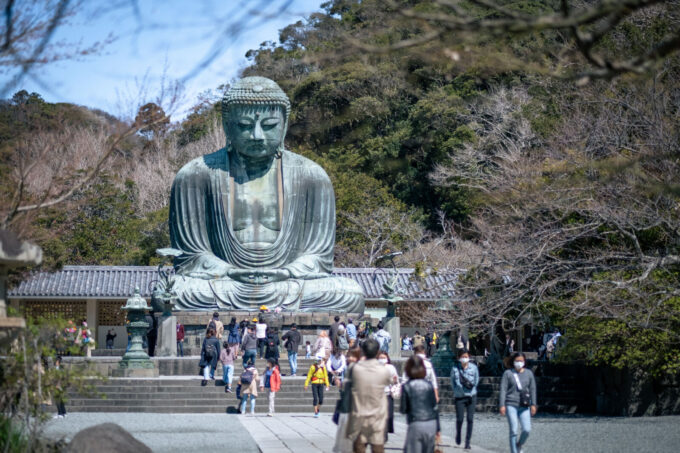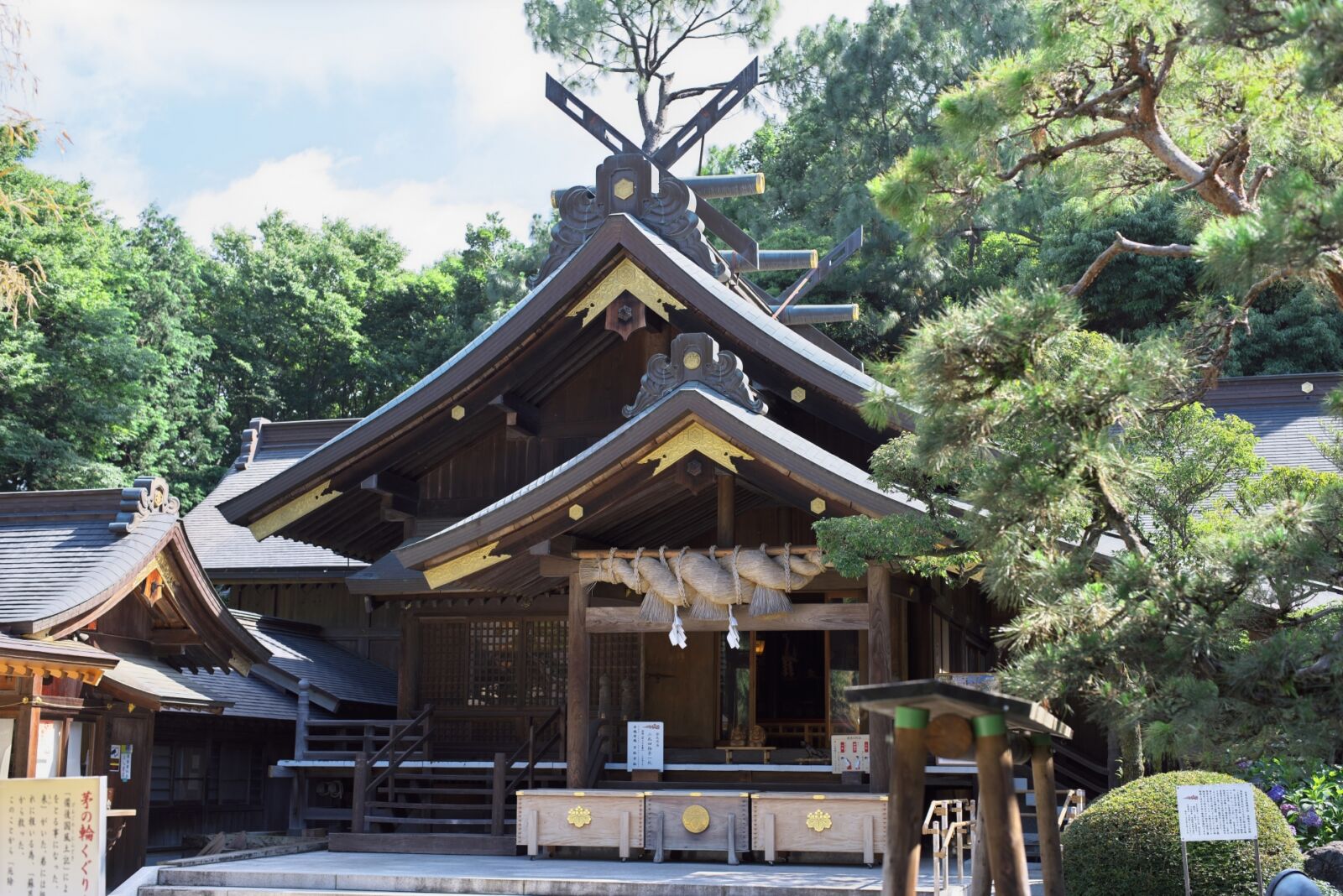
Shrine etiquette in Japan is deeply rooted in Shinto traditions and reflects the respect and reverence for Japanese history and customs. Here’s a guide to some of the key practices and unwritten rules when visiting a shrine in Japan.
Approach with Respect: As you approach a shrine, you’ll often find a large torii gate. Passing through the torii marks the transition from the earthly realm to the sacred, so take a moment to reflect and approach respectfully.
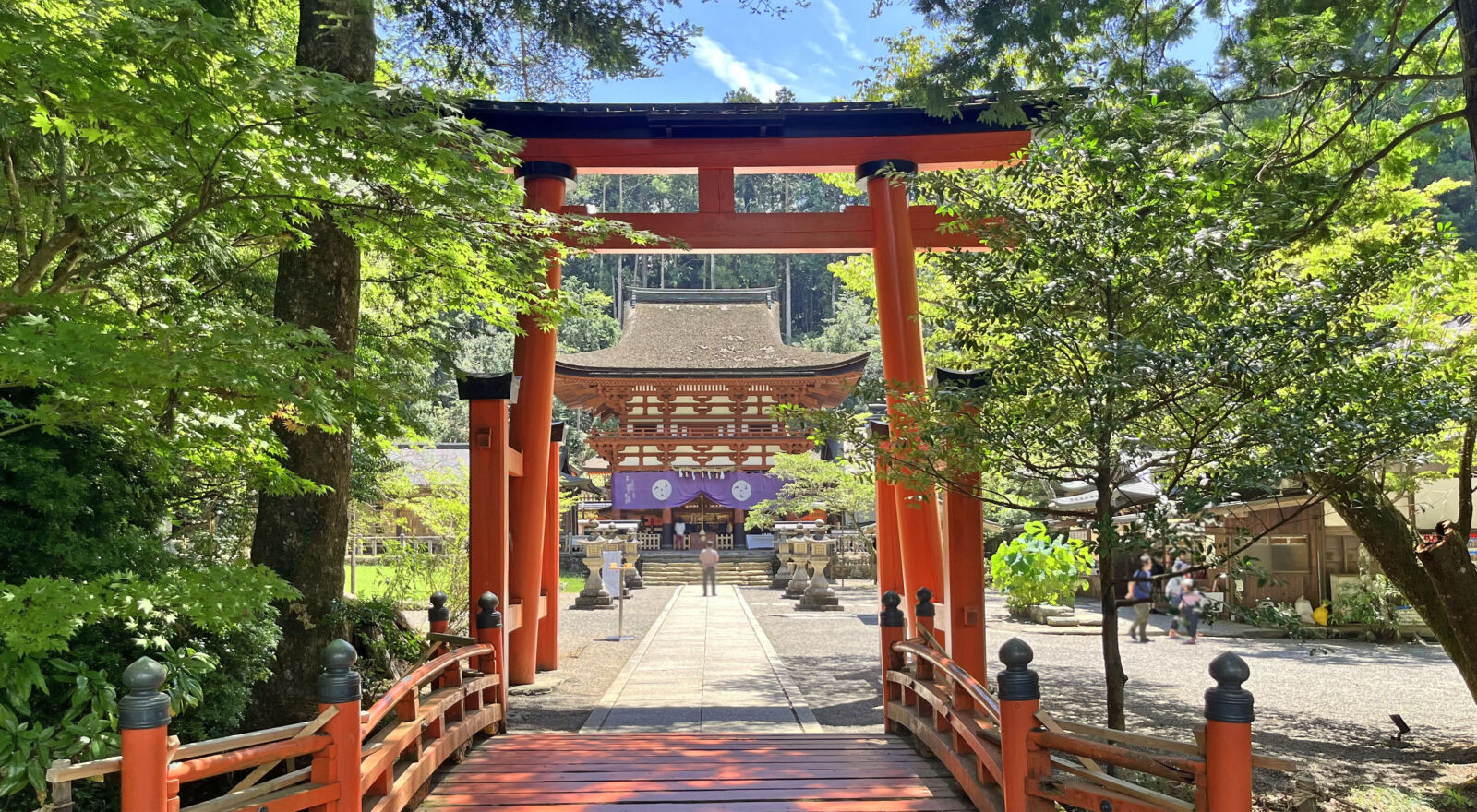
With your hands to your side, bow slightly before passing the torii gate. It is customary to walk through the torii and the shrine grounds slightly to the left or right sides of the walkways. This is because it is believed that the kami walk in the center of the path.
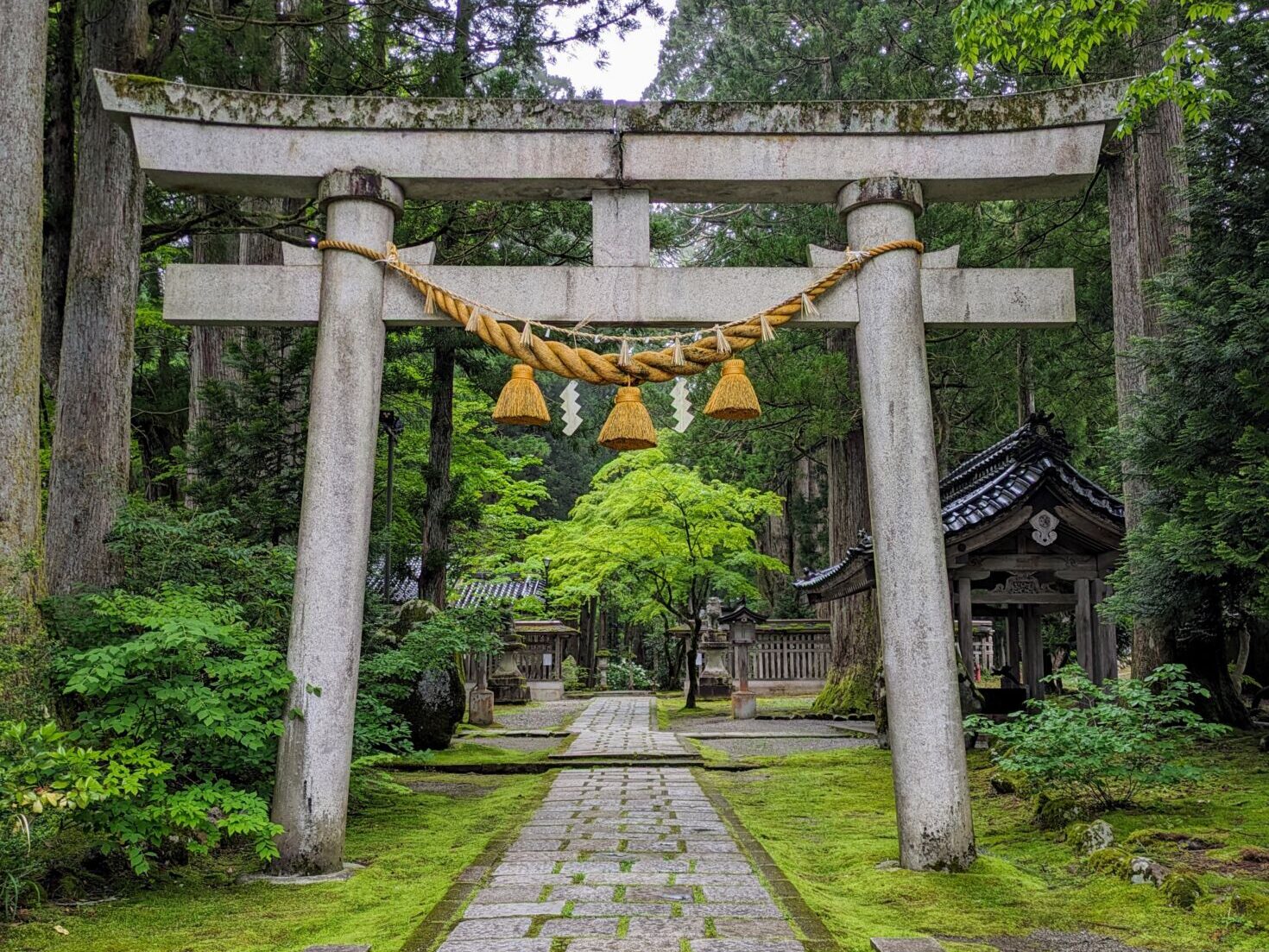
Since ancient times, the Japanese have expressed the energy of the natural world as “kami.” Corresponding to “deity” or “god” in English, kami are thought to be related to the natural world, so many shrines around Japan are dedicated to kami such as the kami of the wind, or the mountains, or thunder. Additionally, individuals who have made great contributions to society may also be enshrined and revered as kami, such as Tokugawa Ieyasu—enshrined in Nikko, or Emperor Meiji—enshrined at Meiji Shrine in Tokyo.
Purification
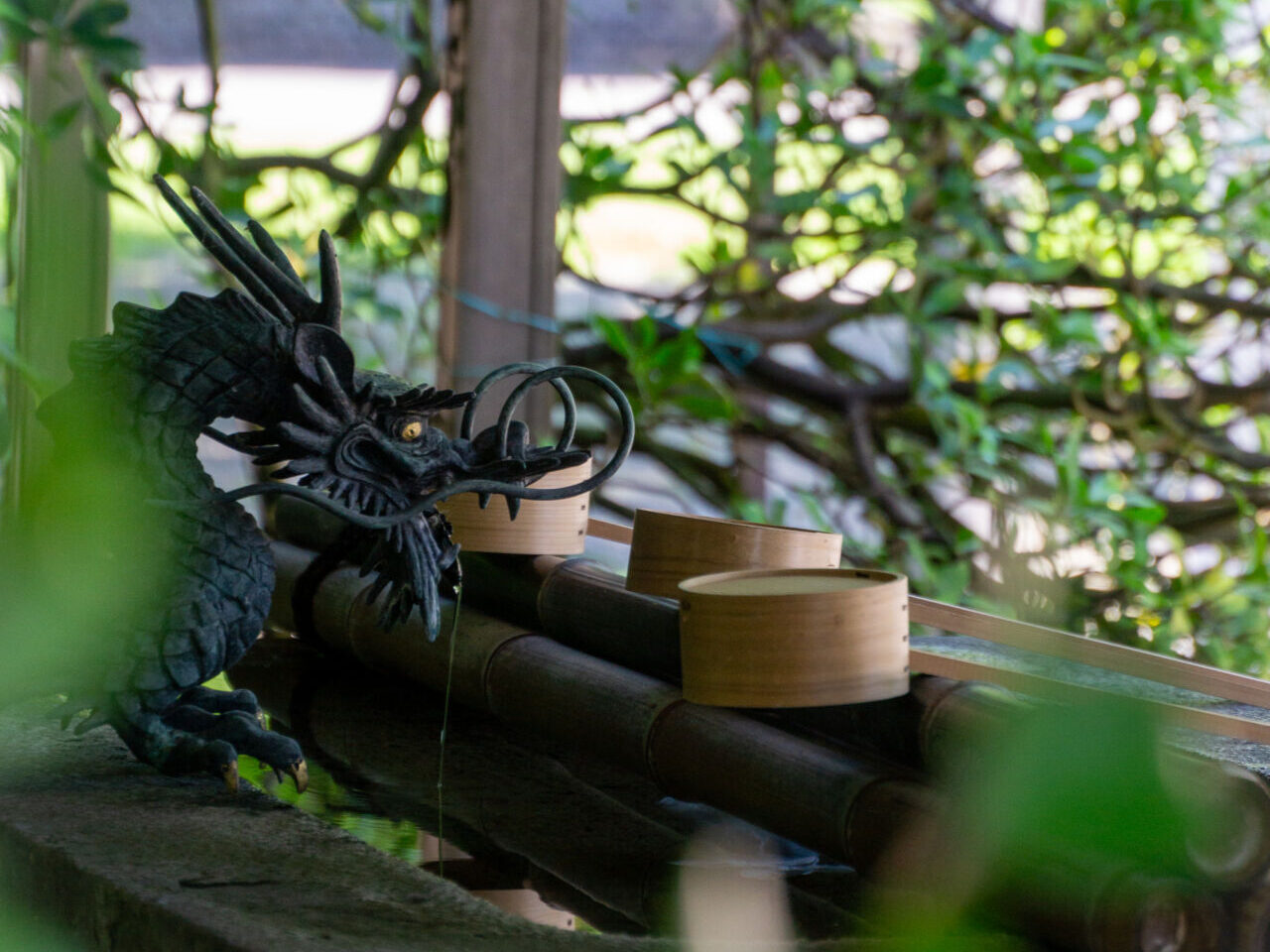
Before entering the shrine, you usually encounter a temizuya (a water basin). Use the ladle provided to purify yourself in the following steps:
-- Take the ladle with your right hand, fill it with water, and rinse your left hand.
-- Switch the ladle to your left hand and rinse your right hand.
-- Transfer the ladle back to your right hand, pour a little water into your left hand, and rinse your mouth (do not drink from the ladle). Some shrines recommend you drink the water, while others recommend visitors spit the water out on the ground surrounding the basin.
-- Cleanse your left hand one more time.
-- Finally, rinse the ladle handle by tipping it upright and allowing the water to run down it before returning the ladle to its place.
At some shrines, such as Japan’s most sacred shrine, Ise Shrine in Mie, visitors can purify themselves at a river.
Recommended
1-Day Tour from Nagoya: Ise’s Sacred Shrines and Captivating Coastlines
- Spots:
- Pick-up:
- Drop-off:
Entering the Shrine: When entering the main shrine building, bow slightly at the entrance. If there are steps leading up to the shrine, step aside briefly to let others pass and then proceed.
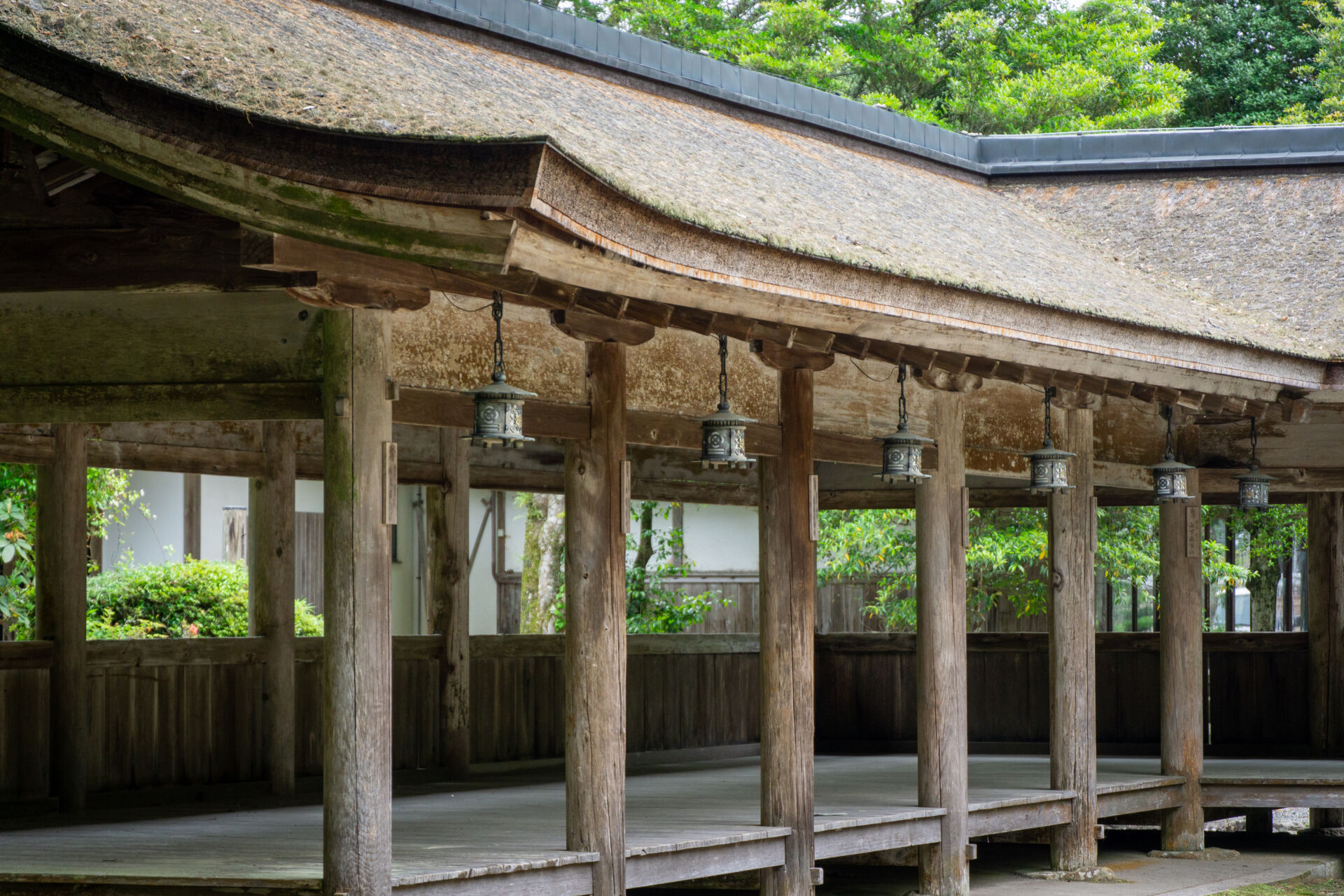
Offerings and Prayers
Offering Money: At the main hall, you’ll often find a wooden box where you can make an offering by tossing a coin into the offering box.
It is customary to offer a five-yen coin as five yen is pronounced as “go-en” in Japanese, which sounds like the Japanese word for luck. And despite being worth twice as much, it’s best not to offer a ten-yen coin as it is pronounced as “tou-en” which sounds like your luck will be far away.
Announcing Your Presence: After making your offering, if there is a bell you can ring it at this time. Next visitors are to bow twice, clap your hands twice, pray, and then bow once more. Clapping is thought to be a way to announce your presence to the kami and also serve as a way to scare off any evil spirits in the area.
Interestingly, instead of clapping twice (as done at most Shinto shrines), at Izumo Grand Shrine in Shimane, visitors clap four times—twice for themself and twice for their (future) partner.
Silent Reflection: When praying it’s appropriate to simply stand quietly and reflect or offer your personal prayers.
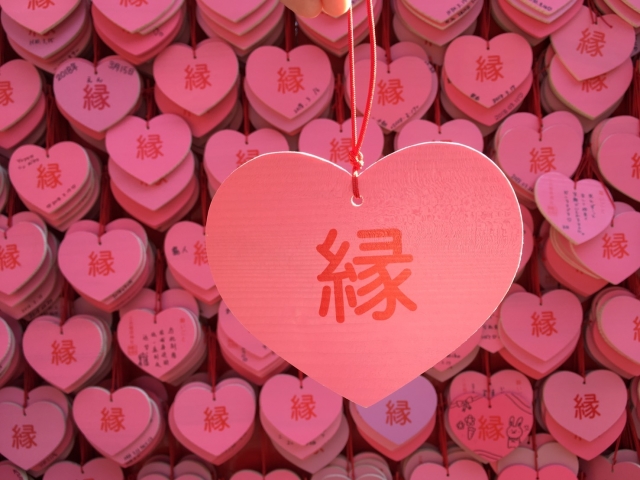
Gifts and Amulets: Many shrines sell omamori (charms) and ema (wooden plaques on which you can write wishes). If you purchase these, it’s common to keep them in your home, car, or on your bag/backpack for protection and good luck. Do not open the charm as it is thought to let the luck out.
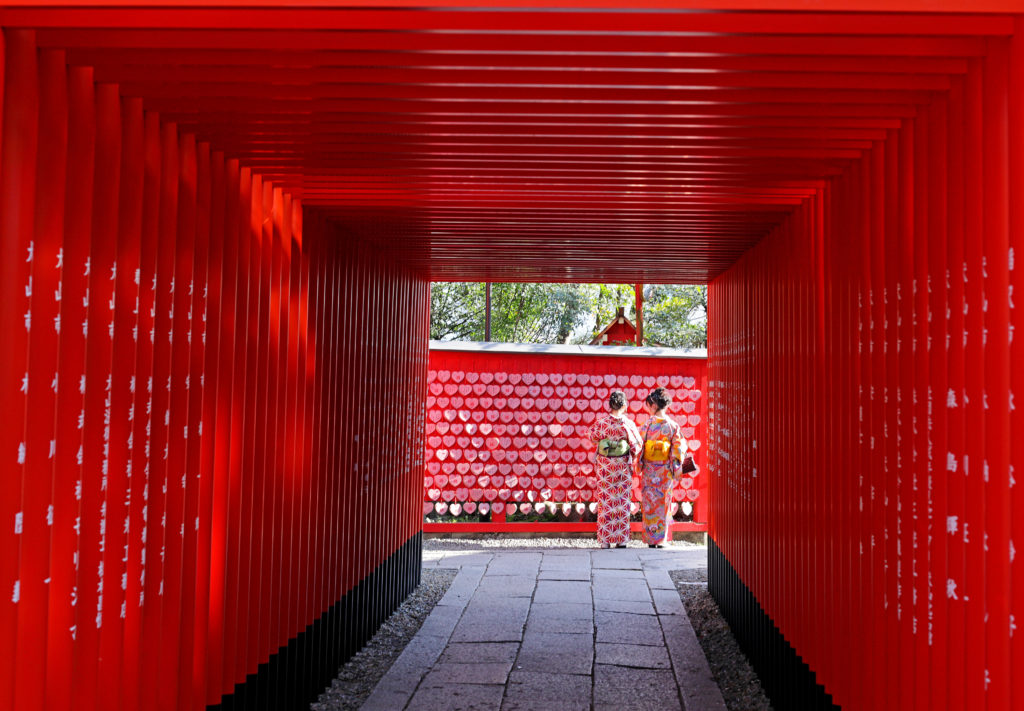
How Should I Dress When Visiting a Shrine in Japan?
While most shrines do not have a dress code, it is recommended to dress modestly when visiting a shrine. It is also recommended to maintain a respectful demeanor, such as avoiding talking loudly or general disruptive behaviors.
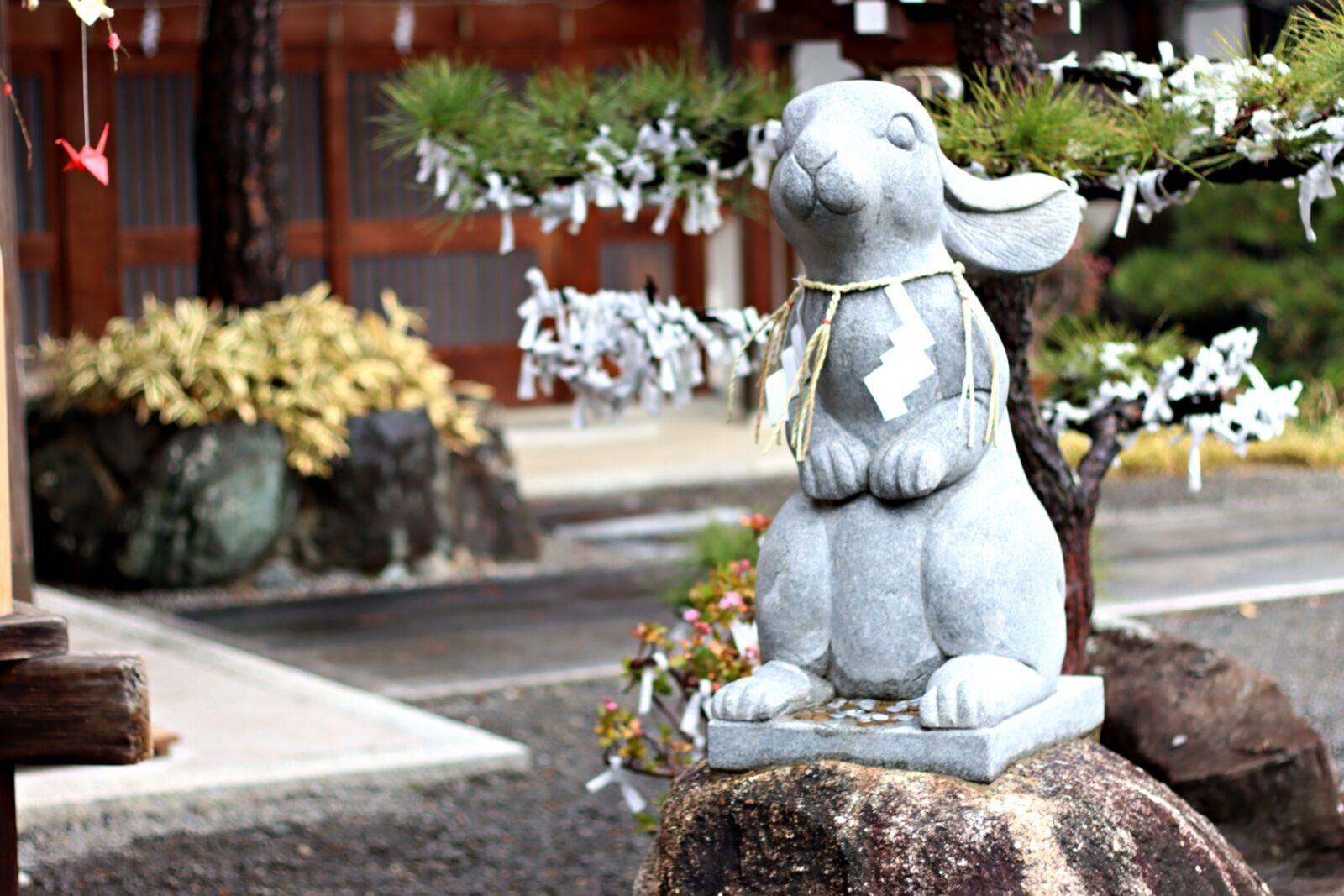
Can I Take Photos Inside a Japanese Shrine?
Always check for signs indicating whether photography is allowed. Often, some areas of the shrine, particularly the inner sanctum, are off-limits for photos.
1 Day Trip to Kamakura and Enoshima : Shrines, Seaside, Temples and Tea
- Spots:
- Pick-up:
- Drop-off:
Wondering How to Tour Japanese Shrines?
For those interested in traveling to any of the locations seen on this page, we can arrange both private tours with an English-speaking guide or a private charter to these locations. With door-to-door service, we can pick you up from where you are and take you to where you want to go anywhere in Central Japan and the neighboring regions.

Our drivers and vehicles are fully certified, allowing us to transport you to and from your preferred destinations in combination with any activity that suits your schedule. All vehicles are well-maintained and in good condition, allowing you to relax and enjoy your ride to wherever you are going.
For more information, please click HERE to check availability and pricing for your trip. We’d love to be part of your adventure in Central Japan and help you discover even more!














